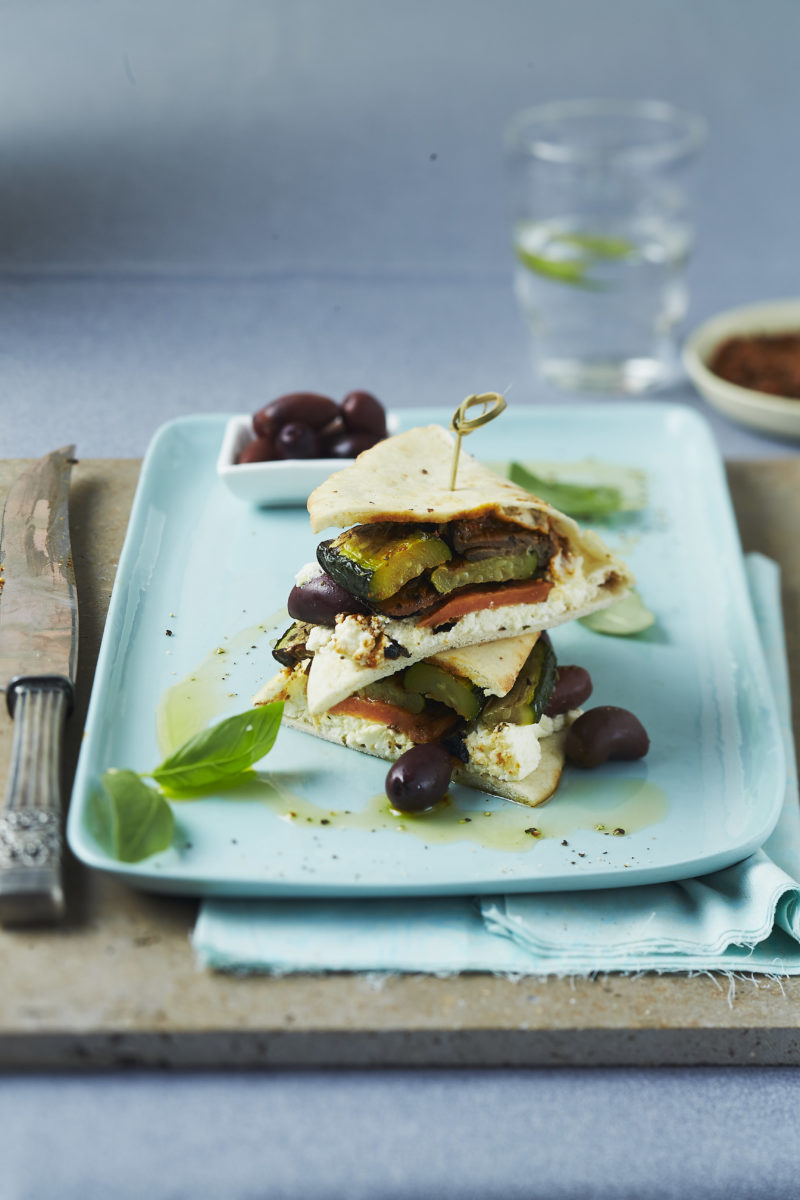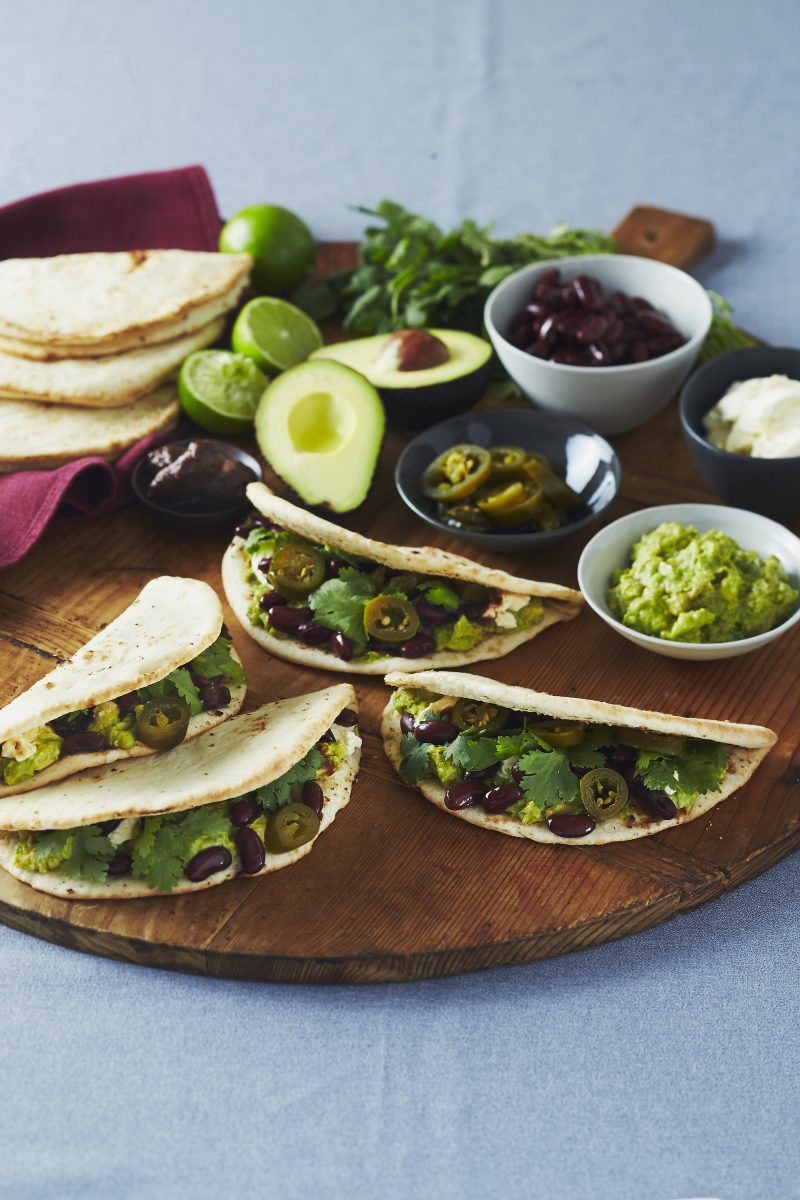You might think that PC stands for Personal Computer, maybe Politically Correct or even Police Constable. In food service, it refers to Portion Control.
What is Portion Control and how did it come about?
Portion control refers to any single serve food product that is normally consumed directly by the customer at the table, but in QSR (Quick Service Restaurants) the concept has been expanded to refer to ideas that save time, money or both.
The idea of PC came about when restaurants were concerned about theft and hygiene for items such as sugar and condiments. The fast food chains developed these as dipping sauces for chicken nuggets while dairy companies developed PC butter for better hygiene and transport.
The jams and marmalades market is interesting as they developed ‘foils’ after small jars were prone to ‘shrinkage’ (stealing) as well as high in cost. Major companies now offer many alternatives and diners now ‘rate’ the breakfast by the choice of condiments and jams – cheap foils vs expensive mini jars – depending on the location and perception of the hotel chain.
PC became very important when nursing homes were serving main meals of proteins and wanted to ensure that each guest received exactly the same portion size. It was then applied to proteins including schnitzels and seafood. Fine dining is now even more responsive to portion control and will pay extra for meats that are precisely cut to reduce wastage in the kitchen and save on prep times.

Stripping your Antipasto costs
In the world of Sandhurst condiments, we offer a myriad of Portion Control products to assist in cost saving and distribution of product. For example, sun dried tomatoes can be costly, but buying strips will chop your expenses literally to pieces.
We carry a wide range of “strips”, including Red Roasted Pepper Strips, Char Grilled Eggplant Strips.
In the world of olives, there are many alternatives for Portion Control. Sandhurst invented the “Barchetta Olive Halves” back in 1991 to address the problems of sliced olives and their lack of flavour.
People loved Kalamata Olives but they were more expensive than Spanish and there was always a higher risk of seeds in the pitted Kalamata Olives. We did an experiment to see how much money a pizzeria would save by ‘halving their olive costs’ and it came in at around $1,000 per year!
Spreads and Sauces – all the flavour with a controlled cost and dispersion of product
Items such as olive paste, pesto and sun dried tomato spread, are great examples of Portion Control as you are using a concentrated version of the original product. A serving of pesto, for example, would cost the end-user around 30c and makes a very profitable flavour enhancer for chicken, salad, seafood etc. People then ‘add’ to products like olive paste to make tapenades, further increasing their use and differentiating their offer from the ‘next guy’.

Gherkins and Cucumbers – The revolution in the pickles market
The humble gherkin has now become a mainstay in the burger and grazing board market – two of the hottest food trends to emerge over the past five years. Cornichons are mini-cucumbers that appear on all sorts of grazing boards, sharing plates and charcuterie boards. They are economical, crunchy, and low fat with great colour and texture, as well as being vegetarian friendly.
Sandwich Stackers are new and represent the transformation of the same old round pickles that we used to throw on the ceilings of McDonalds when we were kids. The flavour of burgers is coming mainly from sauces and condiments and the Sandwich Stacker gives a sweet, tangy flavour with a nice crunch and acidity to counter sweetness and saltiness from sauces and burger patties. The standard ‘round’ pickle – still known as a “Bread and Butter” cucumber – is still popular due to their portion control appeal.
Saving time, labour and protecting consumers
All in all, the work has been taken out of chopping and dicing by modern machines. These ensure that each piece is exactly the same as the next. The cost of these condiments in the finished product are less than 5% of the sell price of the end-dish. It means that foodservice professionals can afford to spend a little more on consistency and quality which comes with the Sandhurst Family Seal of Approval.
FOOTNOTE – The impact on the environment and single use plastics
There’s no doubt that sustainability is the number one concern for the food industry. Millions of foils, wrappers and containers are thrown away daily in foodservice and as an industry we need to take action. In the future we will see better solutions for single use packaging – jams will probably go back to jars and solutions for sugar will need to be developed like sugar syrups used in some cafes.
